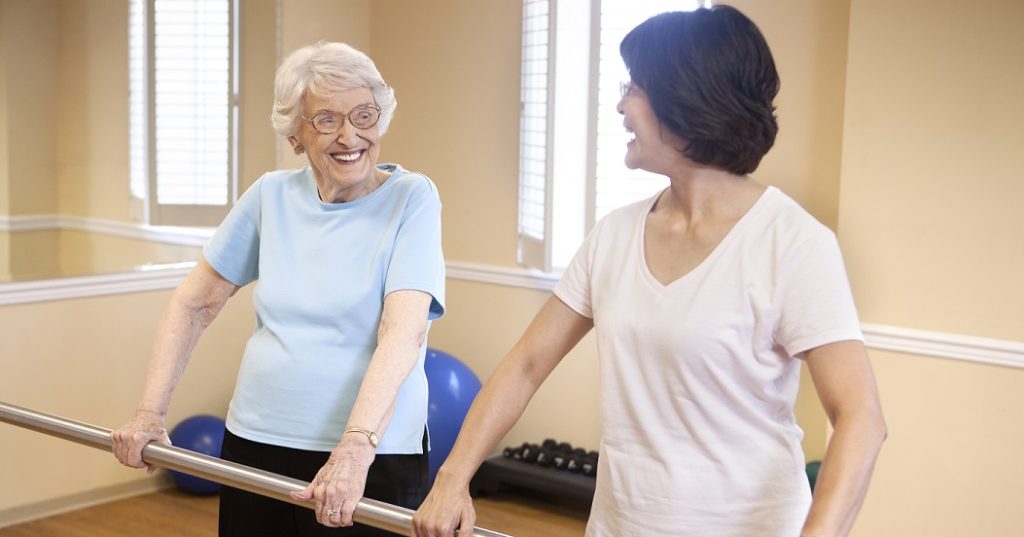The statistics are shocking – even more so if you are a senior or have senior parents or relatives. The risk of falling increases with age and is greater for women. Every second of every day, a senior falls somewhere in the U.S. When an elderly person falls, his/her hospital stay is almost twice as long as for those admitted for any other reason. Approximately 9,500 deaths in older Americans are associated with falls each year.
Sheri Easton-Garrett, MSN, RN, senior vice president of clinical services at Belmont Village’s corporate headquarters in Houston, was shocked before beginning research into interventions to prevent falls in Belmont Villages’ 25 senior communities across seven states and Mexico.
In Houston, there are two Belmont Village facilities – one in West University and the other in Hunters Creek. Both locations offer assisted living and Alzheimer’s care. Average age of residents at these facilities is 87.
Belmont Village’s long-range plan is to expand clinical offerings, using research and innovation in clinical programming. “What we find with our clinical trials and resulting programs will be shared and replicated at our other locations,” Easton-Garrett said. She saw the immediate necessity in finding a project to impact causes of falls among Belmont Village’s residents.
Exploring the STEADI (Stopping Elderly Accidents, Deaths and Injuries) program, developed by the Center For Disease Control and Prevention, she found a therapy regimen from New Zealand, called “Otago.”
“What interested me in Otago was the CDC endorses it because they’ve seen a 40 percent improvement rate, which is significant,” Easton-Garrett said. “For Belmont Village residents, the program will last for 52 weeks.”
Easton-Garrett said residents will be assessed and, using an algorithm, she will determine what types of activities and interventions will be used with each individual resident.
“It’s an interdisciplinary approach,” she said. “Low-vision specialists are involved, as are occupational therapists. A specialist in senior cognition also is involved to identify actions needed and to build an individual program.”
All of their clinicians (nurses) are trained in Otago and interventions are recommended in each of nine areas, Easton-Garrett said. “… Our goal is to keep [residents] moving with some type of exercise within Otago’s 17 recommended exercises.”
The program is slated to begin at Belmont Village-West U and, in six weeks, at Hunter’s Creek. Then, the program will be offered to the remaining 23 Belmont Village communities.
Click here to read the full article by the Jewish Herald Voice.
